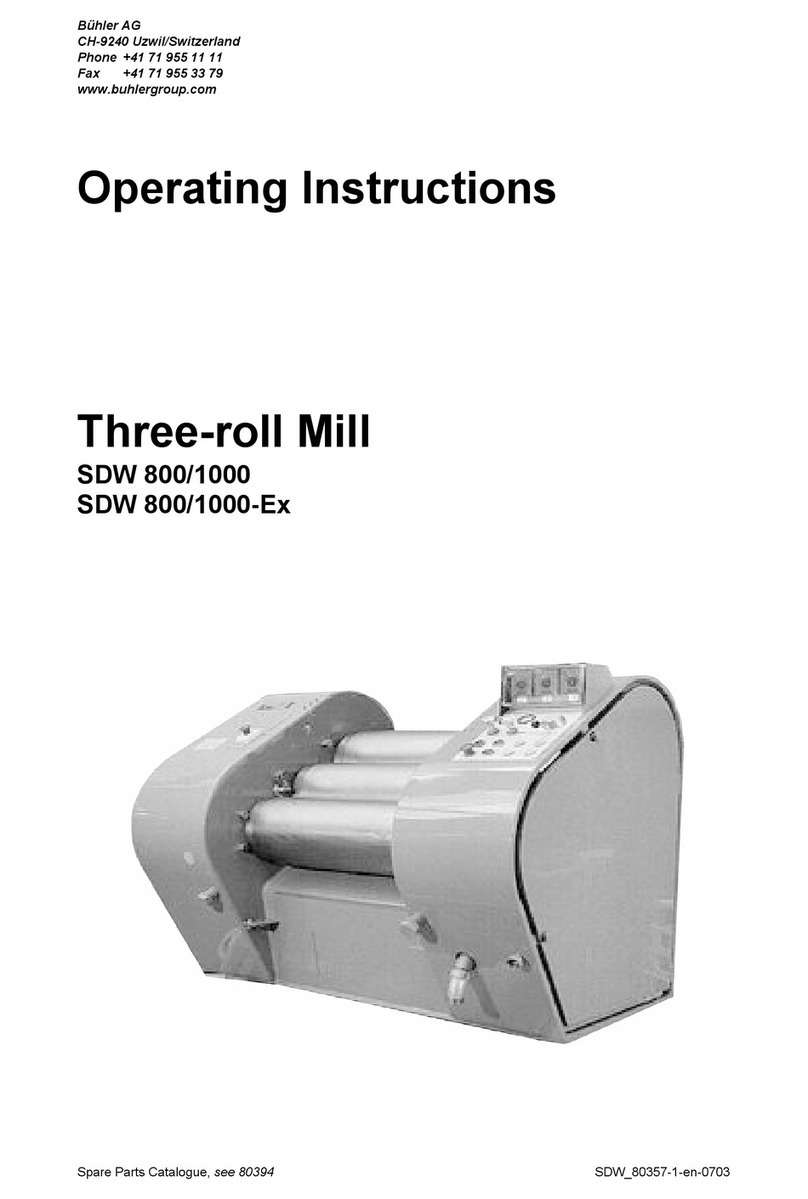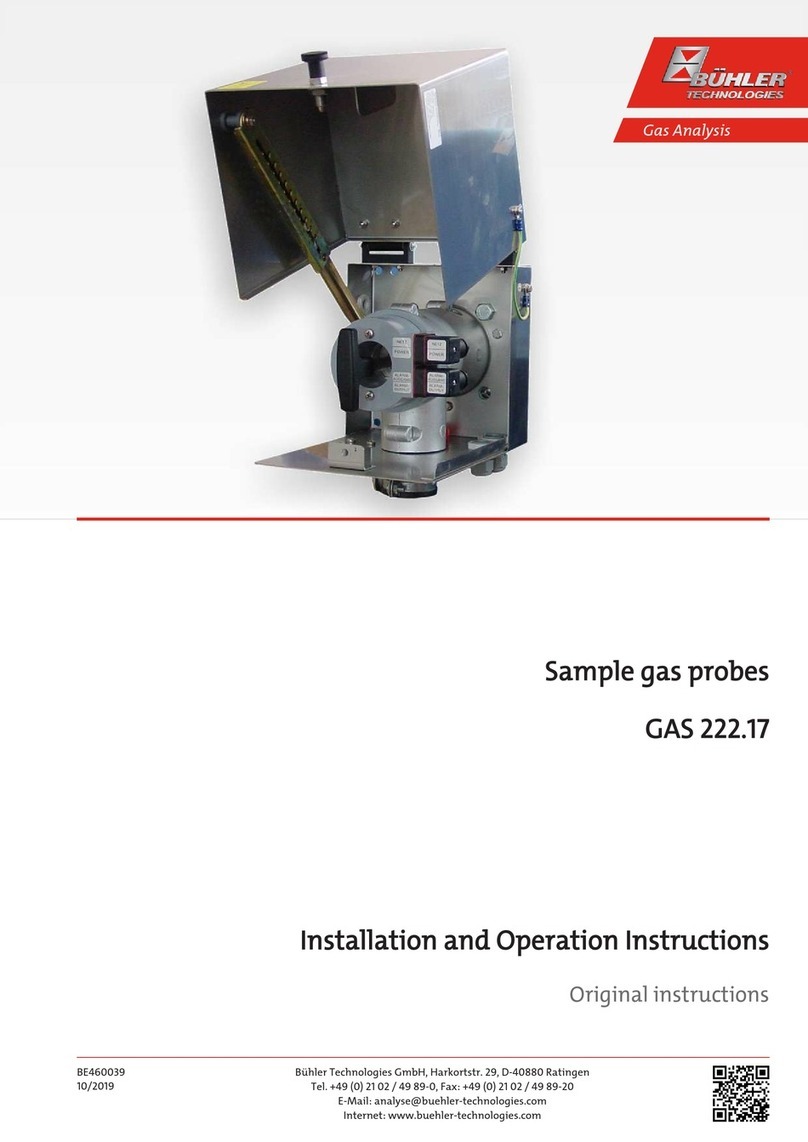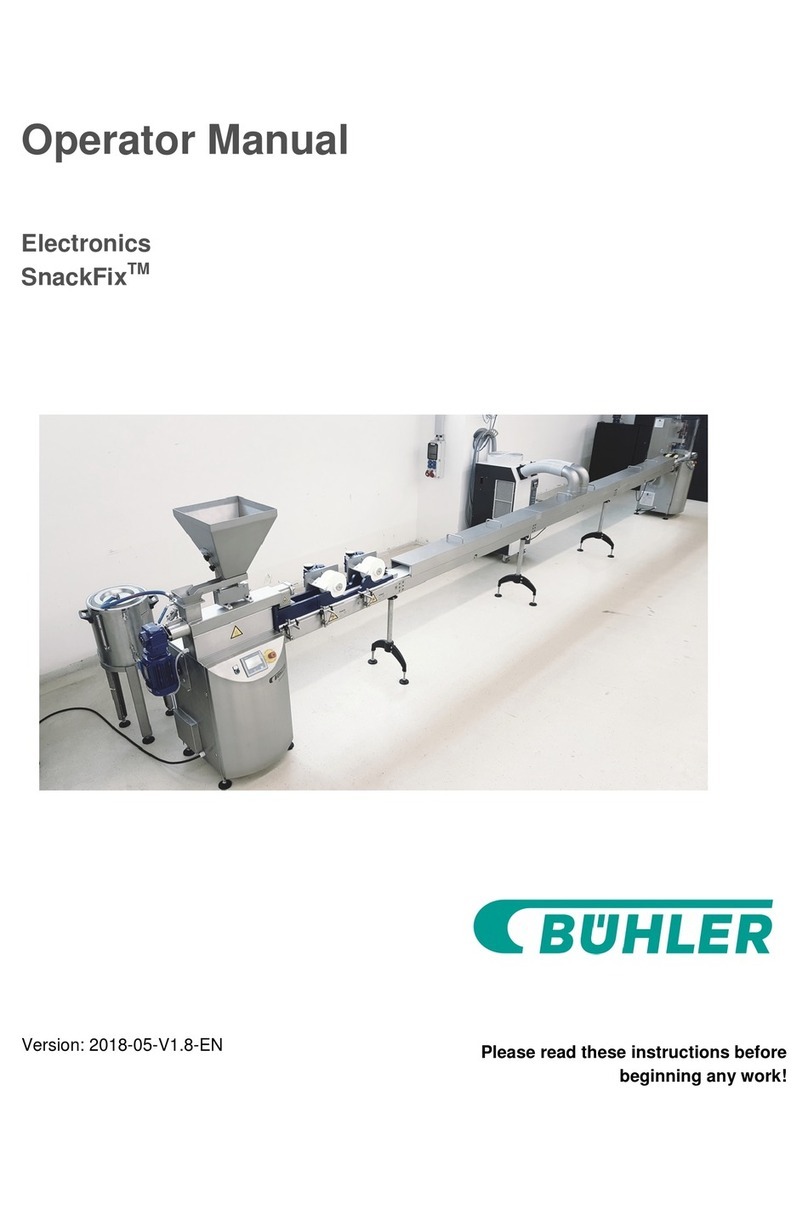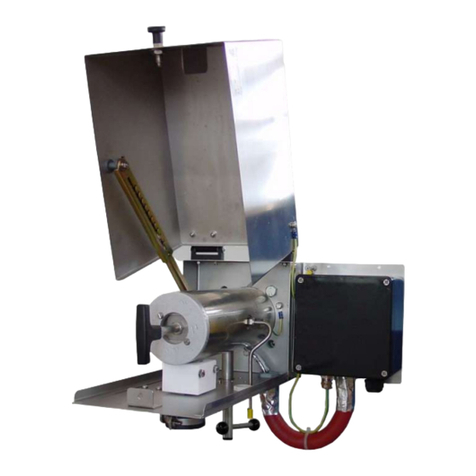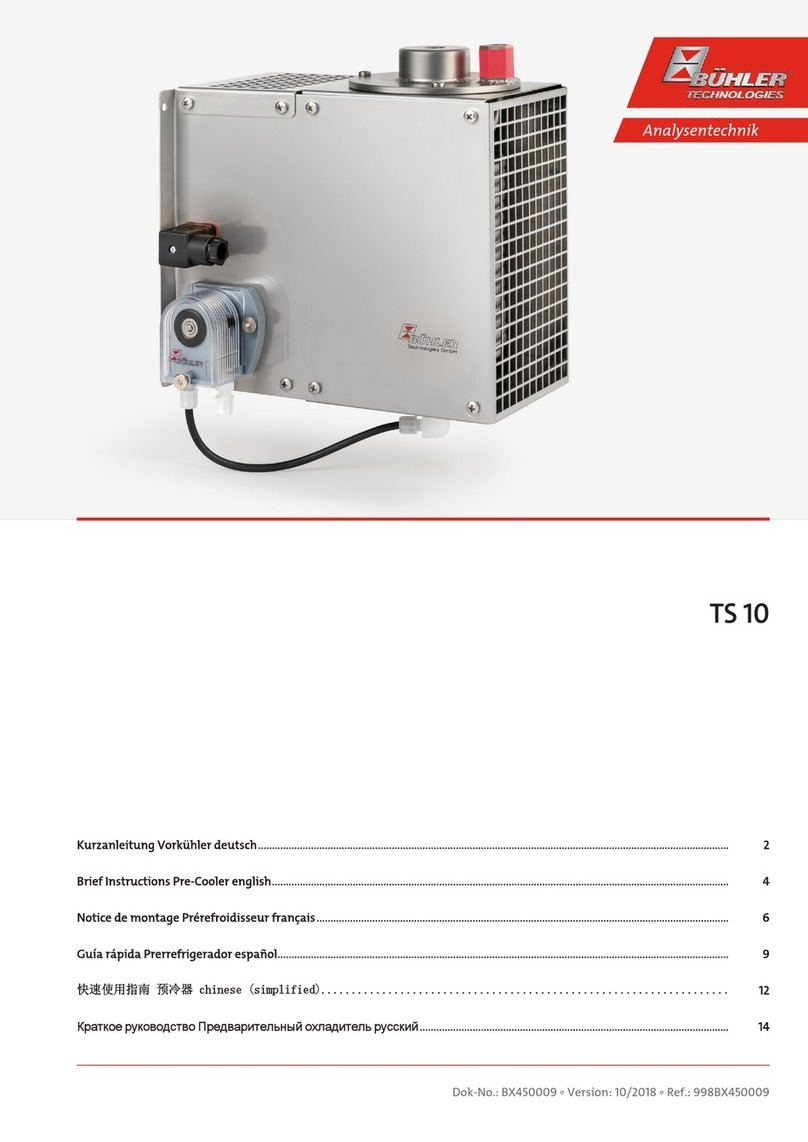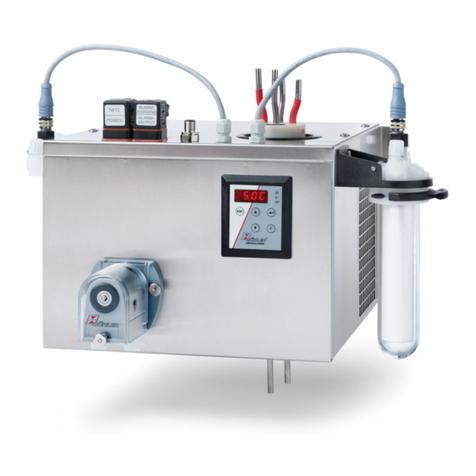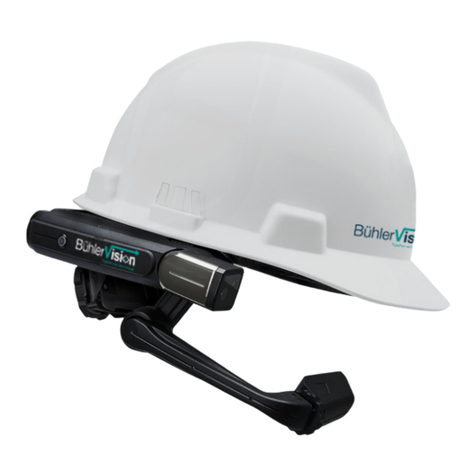
GAS 222.10
Table of Contents
1 Introduction.....................................................................................................................................................................................................................2
1.1 Intended Use.........................................................................................................................................................................................................2
1.2 Type Plate...............................................................................................................................................................................................................2
1.3 Scope of Delivery..................................................................................................................................................................................................2
1.4 Ordering instructions.........................................................................................................................................................................................2
1.5 Product Description............................................................................................................................................................................................ 2
2 Safety instructions ......................................................................................................................................................................................................... 3
2.1 Important Information...................................................................................................................................................................................... 3
2.2 General Hazard Warnings ................................................................................................................................................................................4
3 Transport and storage ..................................................................................................................................................................................................6
4 Installation and connection ........................................................................................................................................................................................ 7
4.1 Installation site requirements......................................................................................................................................................................... 7
4.2 Installation ............................................................................................................................................................................................................ 7
4.3 Installing the sampling tube (optional)........................................................................................................................................................ 7
4.4 Installing the downstream filter.....................................................................................................................................................................8
4.5 Connecting the Gas Line....................................................................................................................................................................................8
4.5.1 Connecting the calibrating gas line (optional)............................................................................................................................8
4.6 Electrical Connections........................................................................................................................................................................................9
5 Operation and Control................................................................................................................................................................................................10
5.1 Before Start-Up ..................................................................................................................................................................................................10
6 Maintenance...................................................................................................................................................................................................................11
6.1 Maintaining the Filter Element..................................................................................................................................................................... 12
6.1.1 Replacing the downstream filter................................................................................................................................................... 12
6.1.2 Replacing the Outlet Filter with Micro-Fibreglass Filter Element........................................................................................ 13
6.2 Maintenance Schedule .................................................................................................................................................................................... 13
7 Service and repair......................................................................................................................................................................................................... 14
7.1 Troubleshooting ................................................................................................................................................................................................ 14
7.2 Spare Parts and Accessories ........................................................................................................................................................................... 14
8 Disposal ............................................................................................................................................................................................................................15
9 Appendices ..................................................................................................................................................................................................................... 16
9.1 Technical Data.................................................................................................................................................................................................... 16
9.2 Flow chart ............................................................................................................................................................................................................ 16
9.3 Dimensions ..........................................................................................................................................................................................................17
9.4 User book (Please make copies)..................................................................................................................................................................... 18
10 Attached Documents...................................................................................................................................................................................................19
iBühler Technologies GmbHBE460036 ◦ 10/2019
